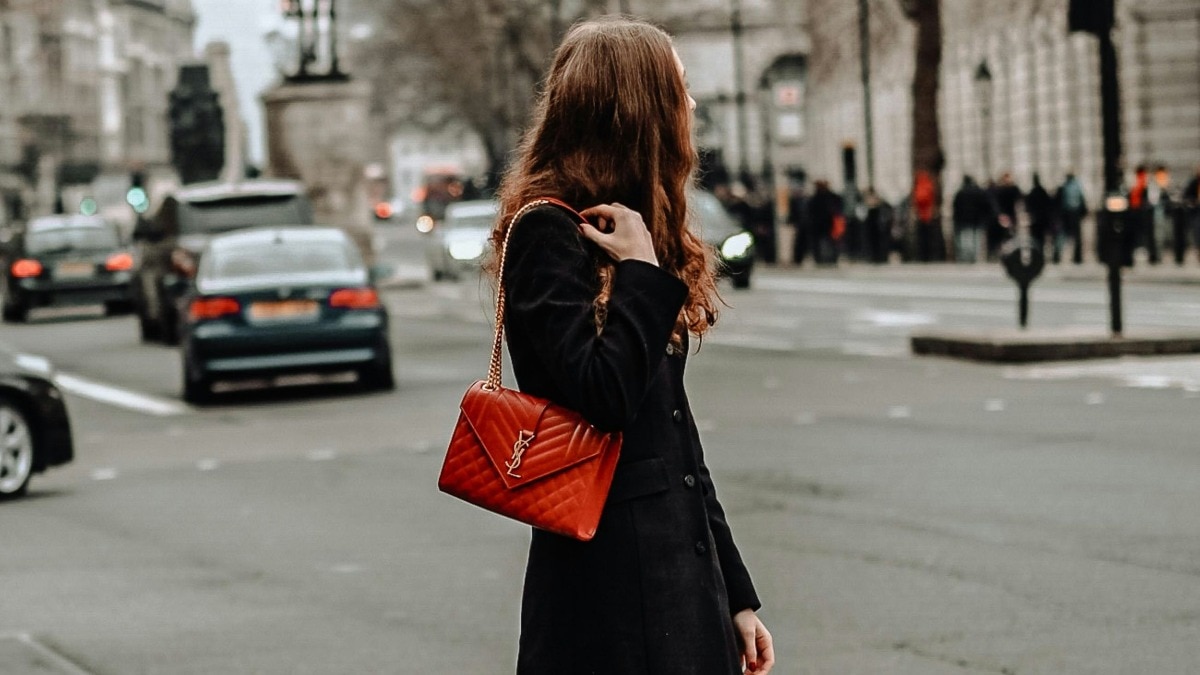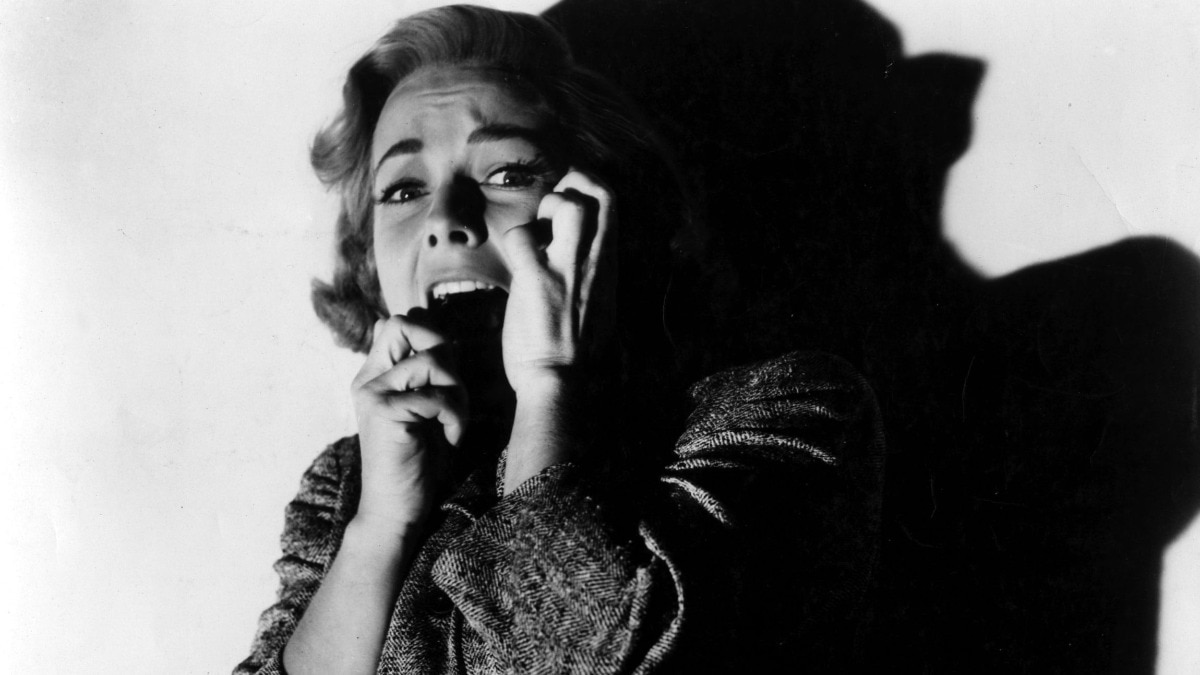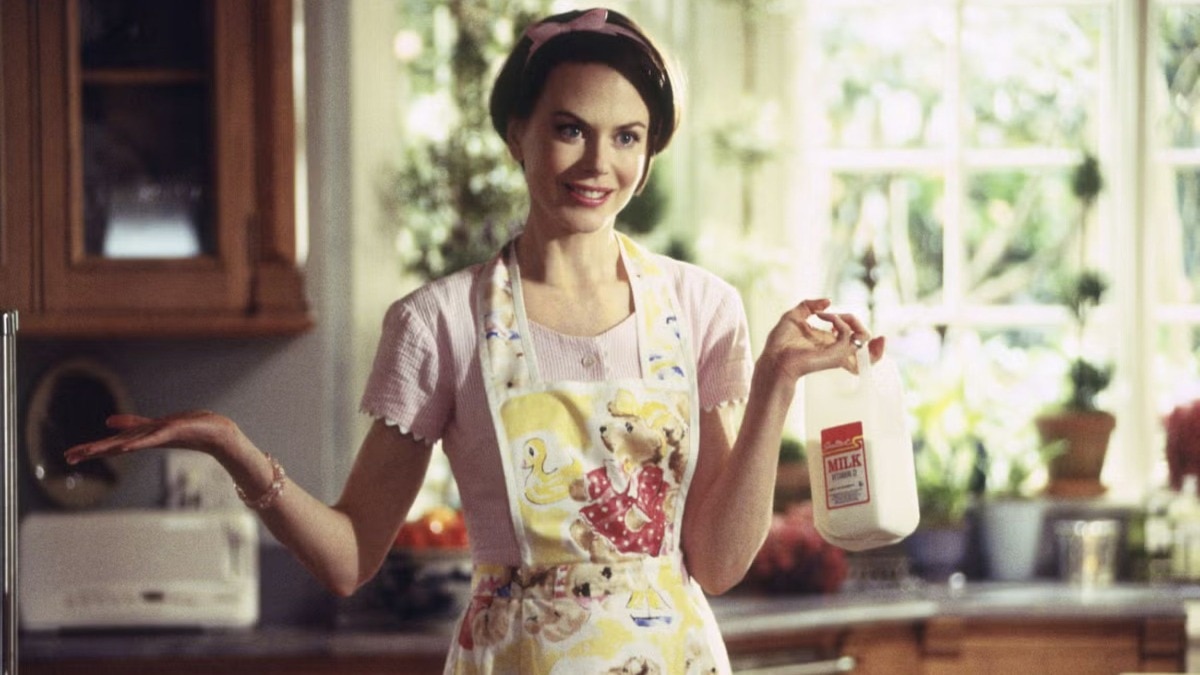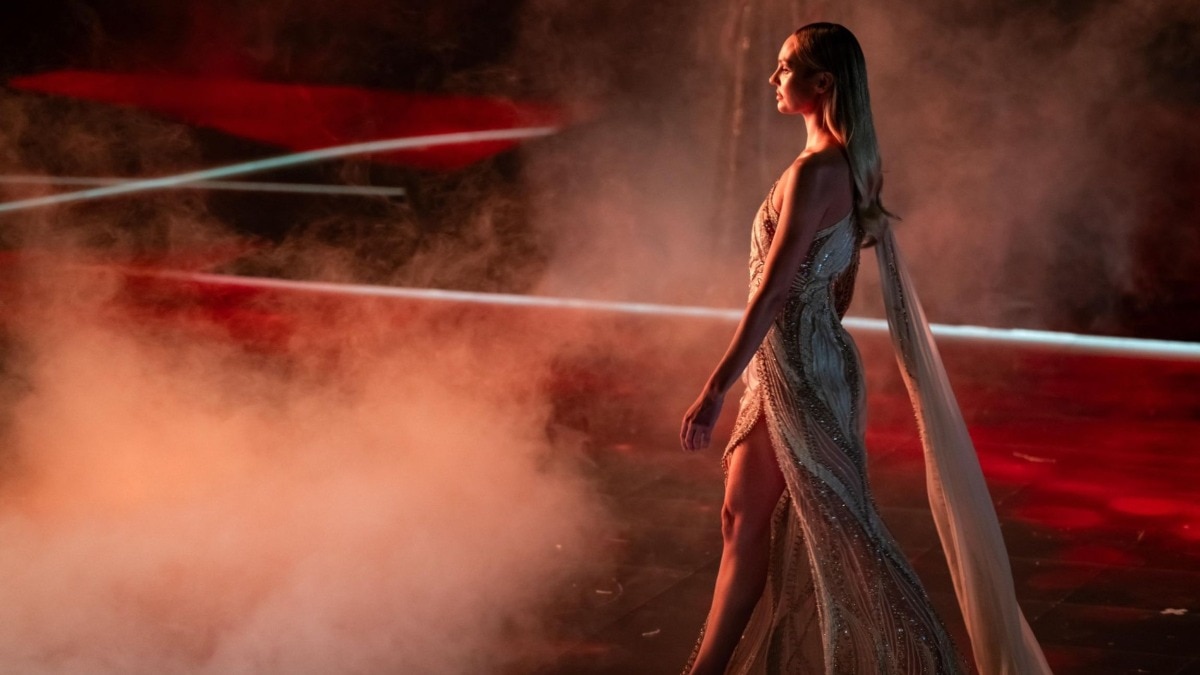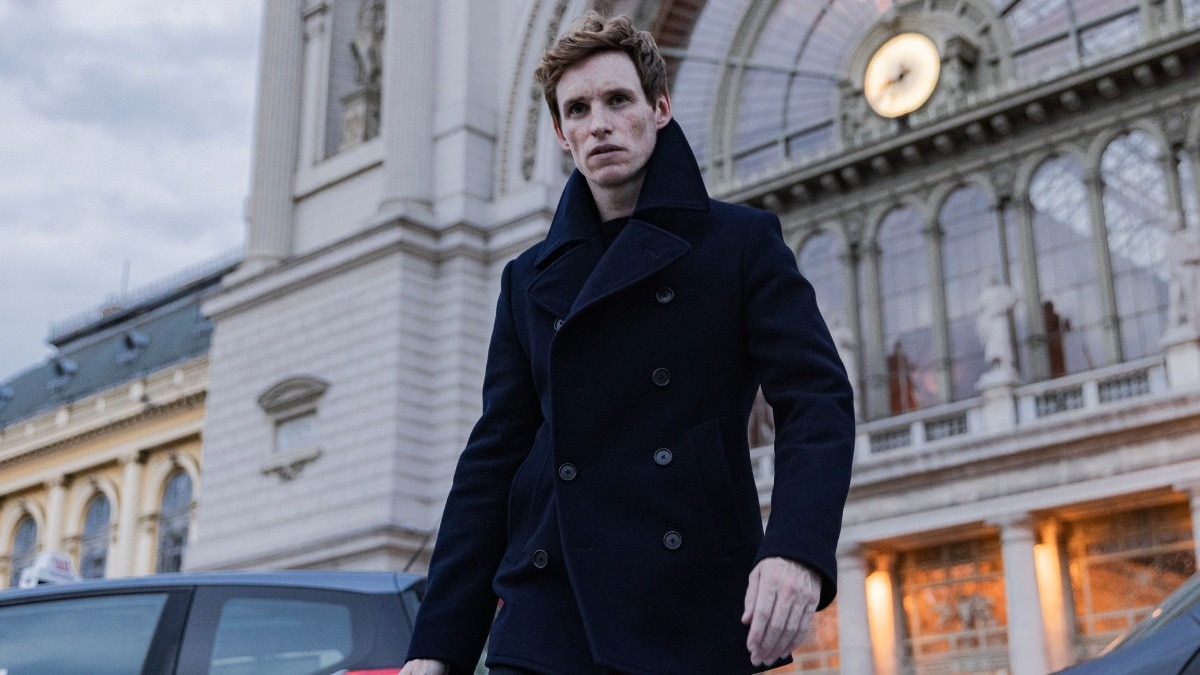Tracing the sari's evolution on the silver screen
From Rekha in 'Silsila' to Sridevi in 'Mr. India', or Priyanka Chopra Jonas in 'Dostana'—the sari has always cast a spell. India’s leading costume designers and stylists discuss the love affair between Bollywood and the nine yards.


It was Rekha starring as Chandni in Yash Chopra’s Silsila (1981) that inspired several generations of filmmakers and actors to experiment with the virgin yardage. From white chiffon signifying purity, to its red variation implying seduction—Rekha’s character, Chandni, essays her moods through her drapes in the film. Later, Sridevi in Chandni (1989) and Mr. India (1987) draped her inimitable sensuality in an array of chiffon saris...either getting drenched in the rain or flowing in the breezy Swiss Alps. Over the years, the sari has been an anthropological piece signifying seduction, romance, rebellion, and power.

A case in point being Madhuri Dixit’s beaded, deep-purple sari, worn with a backless, tie-up blouse in Hum Aapke Hain Koun..! (1994), which conveyed volumes about protagonist Nisha’s playful mood. Costume designer Ana Singh recalls that the sari hues showcased on women back then were primarily pinks and reds. “Sooraj ji (the film’s director) wanted a sexy edge to Dixit’s sari, so I gave her a backless blouse. Even her wedding outfit was tan. When we conceptualised the look, we didn’t think it’d become so iconic,” he shares. Filmmakers like Yash Chopra, Sanjay Leela Bhansali, and to some extent, Karan Johar, empowered designers and stylists to experiment with the sari and push the envelope. "It can be a provocative outfit and can be used to push limits. Back then, every film used to feature at least one rain song. The whole idea was to highlight a chiffon sari clinging to a woman’s body in the rain. However, it was Mr. India that truly set the trend,” says Sing.
In Devdas (2002), Dixit wore pure brocade Benarasi saris designed by Abu Jani and Sandeep Khosla, who sourced them from an antique dealer. It was vital to ensure that the character exuded authenticity via her wardrobe. The duo created two distinct looks for Dixit, to distinguish between the sensuous and spectacularly seductive courtesan and the devoted, virtuous lover, who renounced her profession and all worldly pleasures in order to dedicate her life to her beloved. “Our work in Devdas was a labour of absolute love,” shares Khosla.

A love akin to deep worship—the contrast between the sumptuous brocades and extravagantly embroidered ghagras and saris, and her Mira-esque garments in pure mulmul, where the only extravagance was the volume used in the skirts and bright-gold, gota borders, perfectly expressed the development and evolution of her character. “Sanjay Leela Bhansali was a dream to work with and gave us carte blanche to design the most elaborate and refined costumes, each one worthy of being a museum masterpiece,” says Khosla. He adds, “The understated mulmul garments Dixit wore exuded pristine beauty. The sheer volume of the silhouette created a flurry of romance and supplied magical movement to her dance sequences.”
Sari drapes were given a fusion twist in Veere Di Wedding (2015), styled with ruffled blouses and lehenga skirts. “It was fabulous to create magic for all four characters, each with a unique personality and personal style. We reinvented our signature classics and incorporated eclectic elements like rock-chic glam, Disney princess, and bohemian gypsy into their looks,” says Khosla.
The charm of a sari is undeniable. It carries a certain elegance, versatility, and is a timeless silhouette. Designer Manish Malhotra hails it as the epitome of regality of the Indian textile heritage. “The sari has been my signature forever. Hindi films have shone a spotlight on Indian textiles and handlooms time and again. We have witnessed some iconic moments that are still etched in our hearts due to the extravagance of the sari. A sari can define an emotion, it can define a character,” says Malhotra.

Malhotra’s love for the sari dates back to the times of Meena Kumari and Madhubala, in movies like Pakeezah (1972) and Mughal-e-Azam (1960). “I’ve always said, garments can tell stories that words might not be able to. Hindi films have seen a variety of characters being defined by their choice of saris. Take,for instance, Urmila Matondkar in Rangeela (1995), or Karisma Kapoor in Raja Hindustani (1996)...the saris embraced sensuality and a new perspective. Aishwarya’s saris in Mohabbatein (2000) signified traditional values and upbringing, a sense of classical heritage, and a sense of womanhood. On the other hand, Priyanka Chopra’s metallic sari with a barely-there sequin blouse in Dostana (2008) showcased a cutting edge, modern-meets-tradition aesthetic. The vibe was young and fun, which was beautifully portrayed with a stunning sari,” he quips.
Over the years, the sari has emerged as a divine consort in a woman’s life. “A sari is a piece of art, the grace of the female experience. I believe garments have always been the best expression of emotions, whether it’s a sari, a lehenga, or a kurta. There’s no better way to acknowledge your individuality and embrace your spirit, other than in the form of dressing up. It’s a form of self-therapy. Every piece of clothing paints a vivid picture for any story,” adds Malhotra.
Costume stylist Neeta Lulla seconds that. “The sari is definitely the greatest piece of anthropological relevance in Indian films. It is an integral part of our storytelling. To be able to translate a character into someone whose aesthetics and roots are from India, the sari becomes a major ensemble for the artist,” says Lulla.

Designer Rocky S recalls designing Raveena Tandon’s yellow sari in Mohra (1994), where she is seen grooving to Tip Tip Barsa Paani. “This rain song scene was supposed to be a stunning display of strength, seduction, and traditional Indian beauty. The director wished to avoid a westernised approach in favour of a more traditional aesthetic. The fabric’s fluid and graceful draping, especially in delicate materials like chiffon, elevated the performance, and brought the character’s grace and sensuality to life. Moreover, we decided to add frilly sleeves to the sari to enhance the overall effect, giving it a youthful vibe. Raindrops cascading down the sheer chiffon fabric added an alluring quality, leaving little to the imagination. The yellow colour was carefully chosen to add a pop of youthful touch to the overall look. Tandon looked alluring, with the sari hugging her curves—the frilled sleeves adding a whimsical touch and the yellow colour inviting a burst of energy. The scene was both powerful and sensual, leaving an indelible impression on viewers,” says Rocky S.
A metaphor for femininity, power, and grace, the sari is easily the purest form of a couture dress that continues to evolve in the cinematic landscape over decades.
Illustrations by Tanya Chaturvedi


